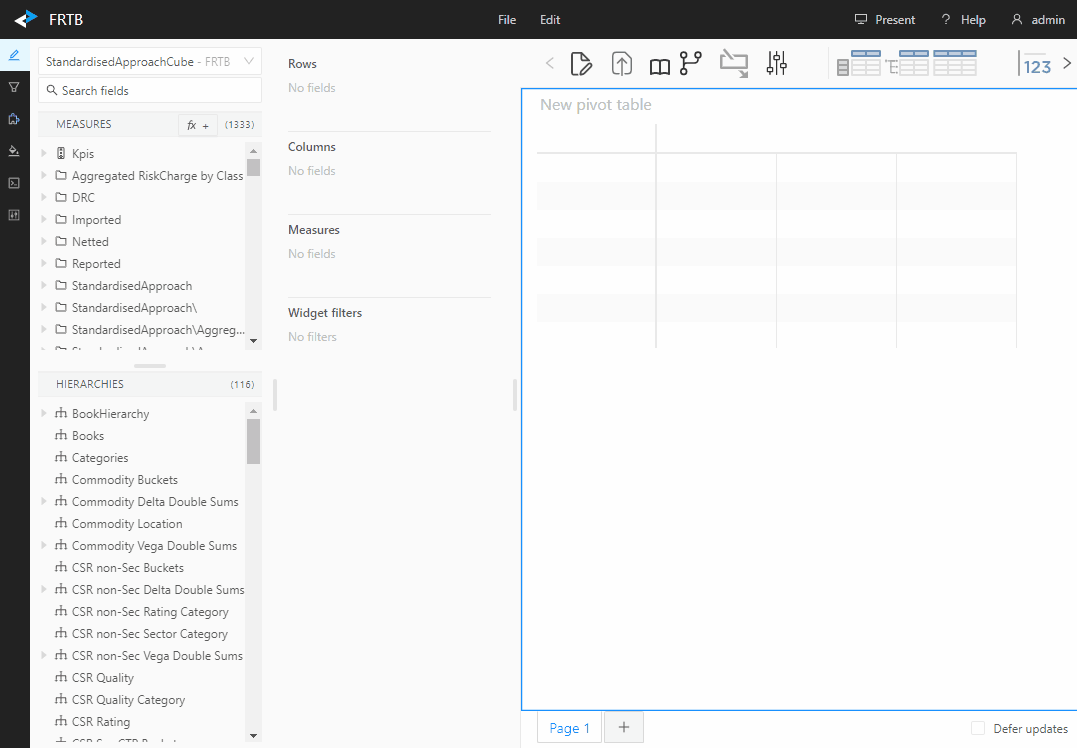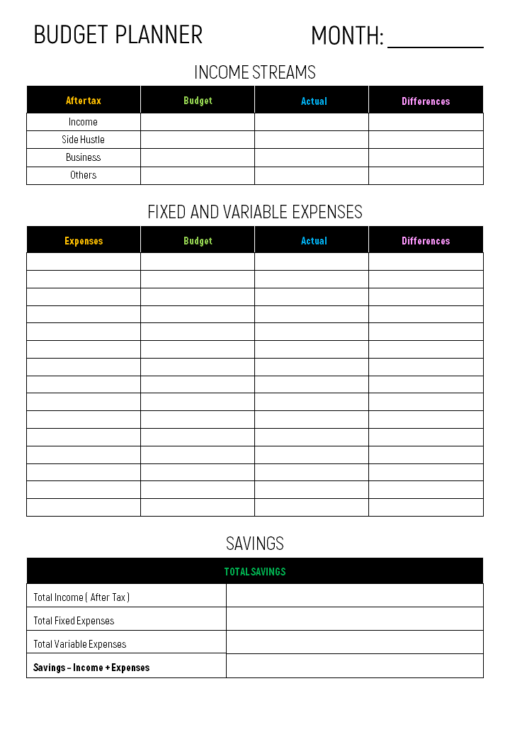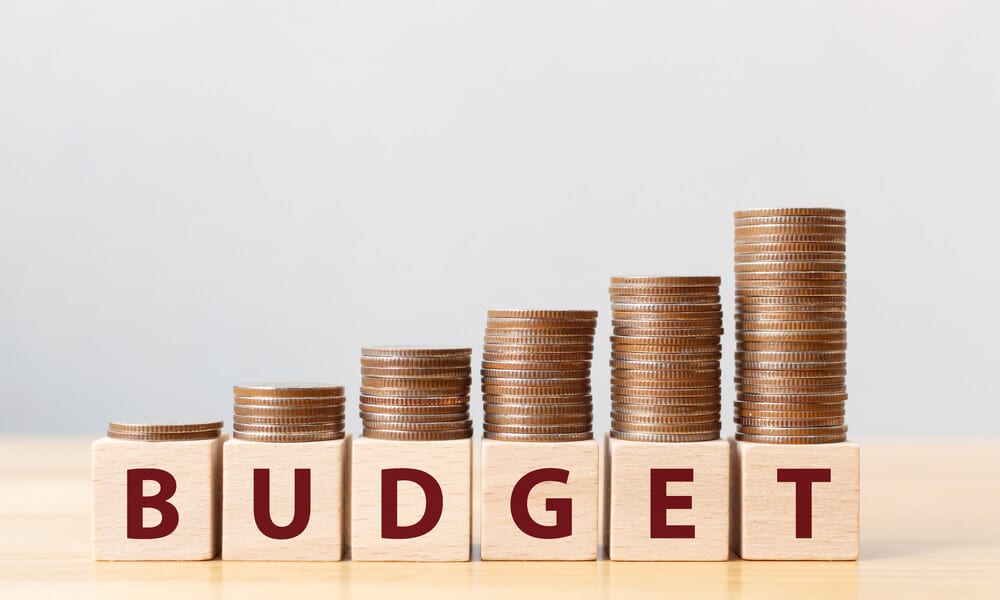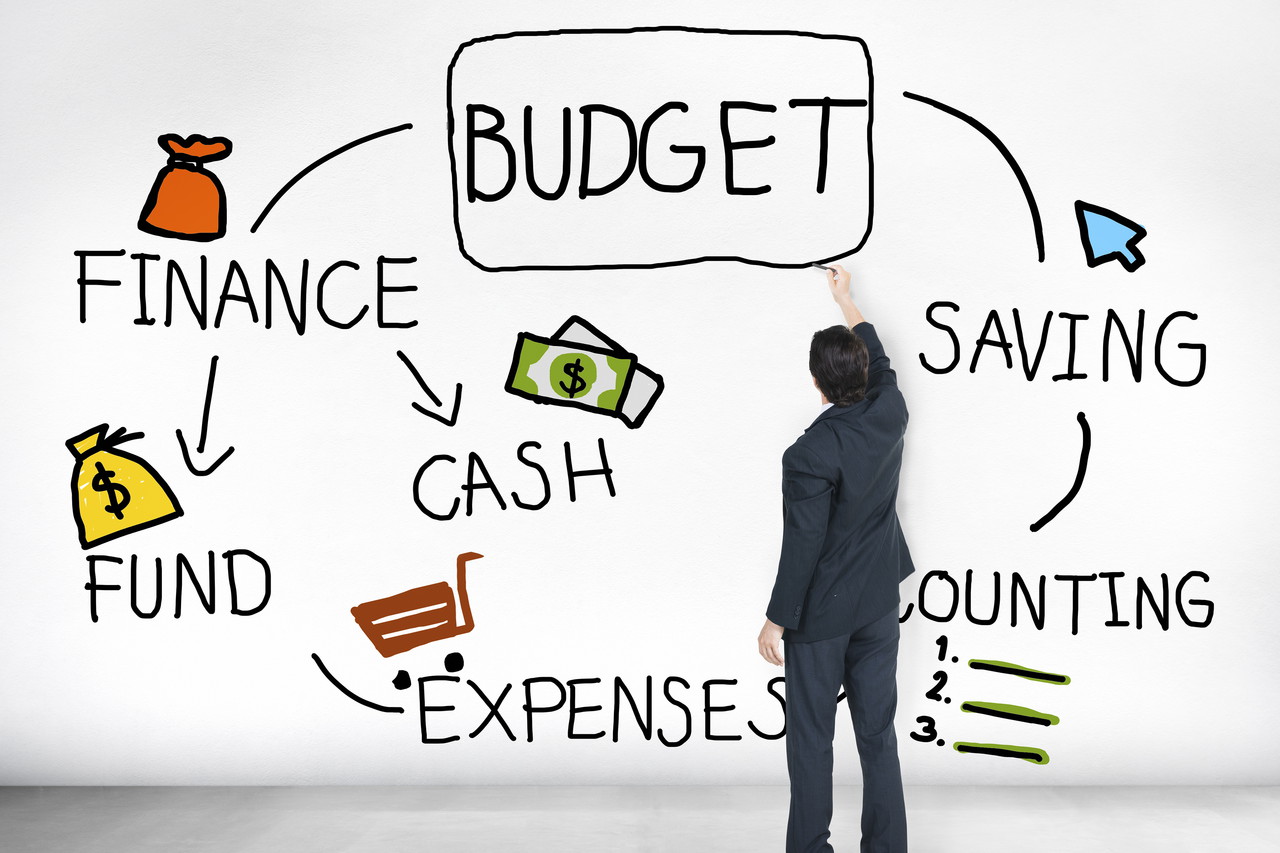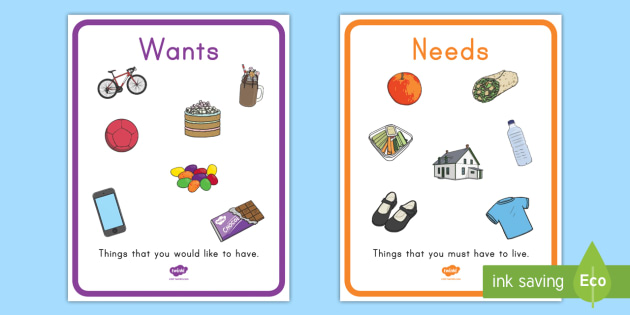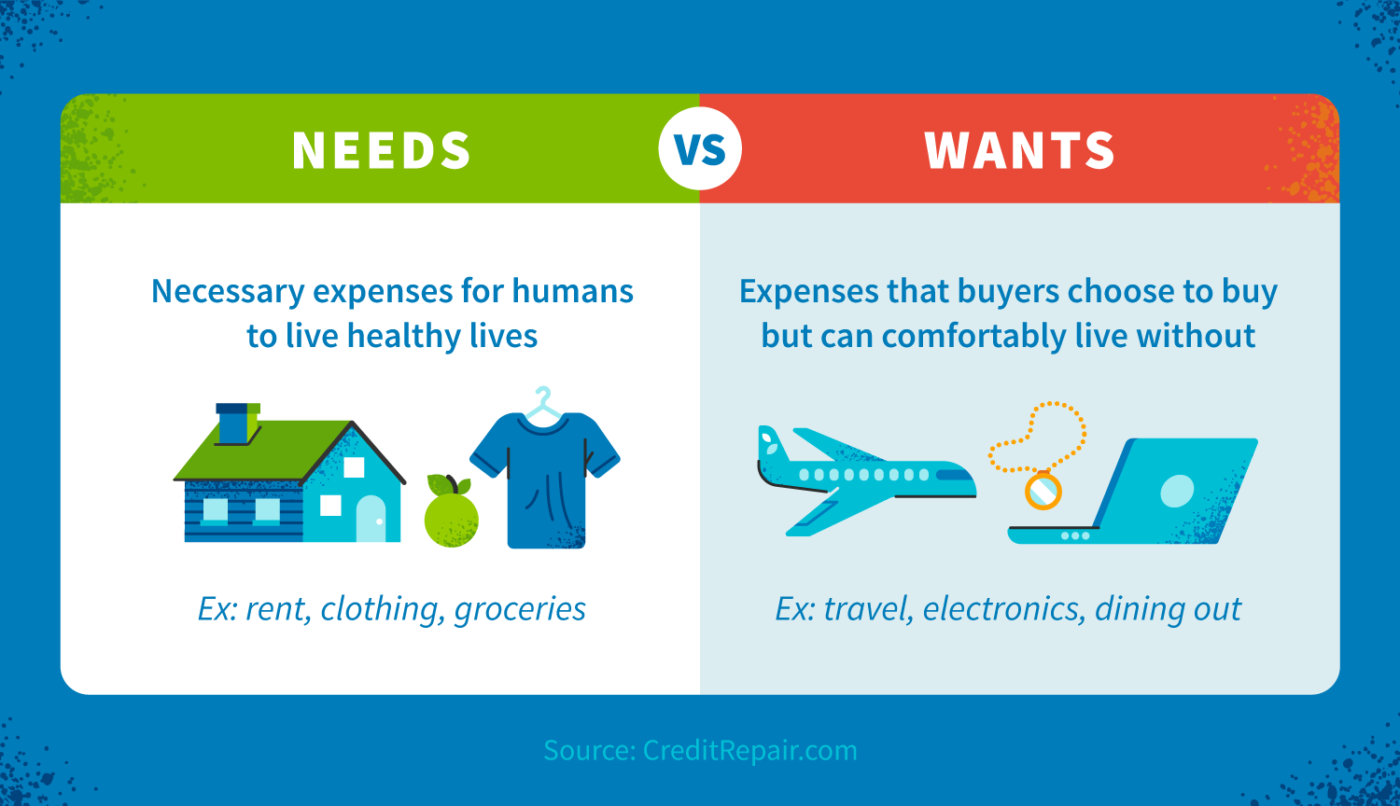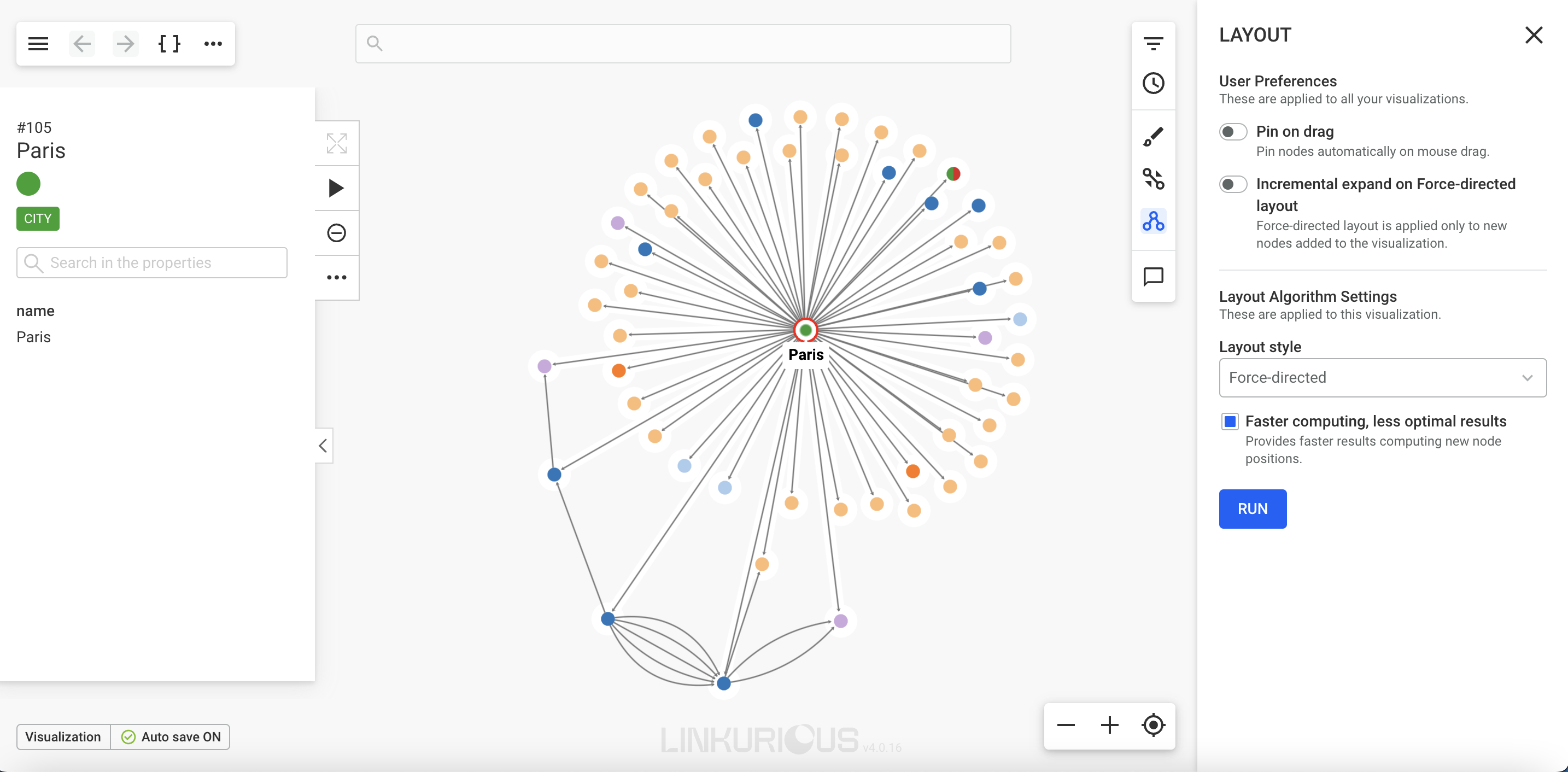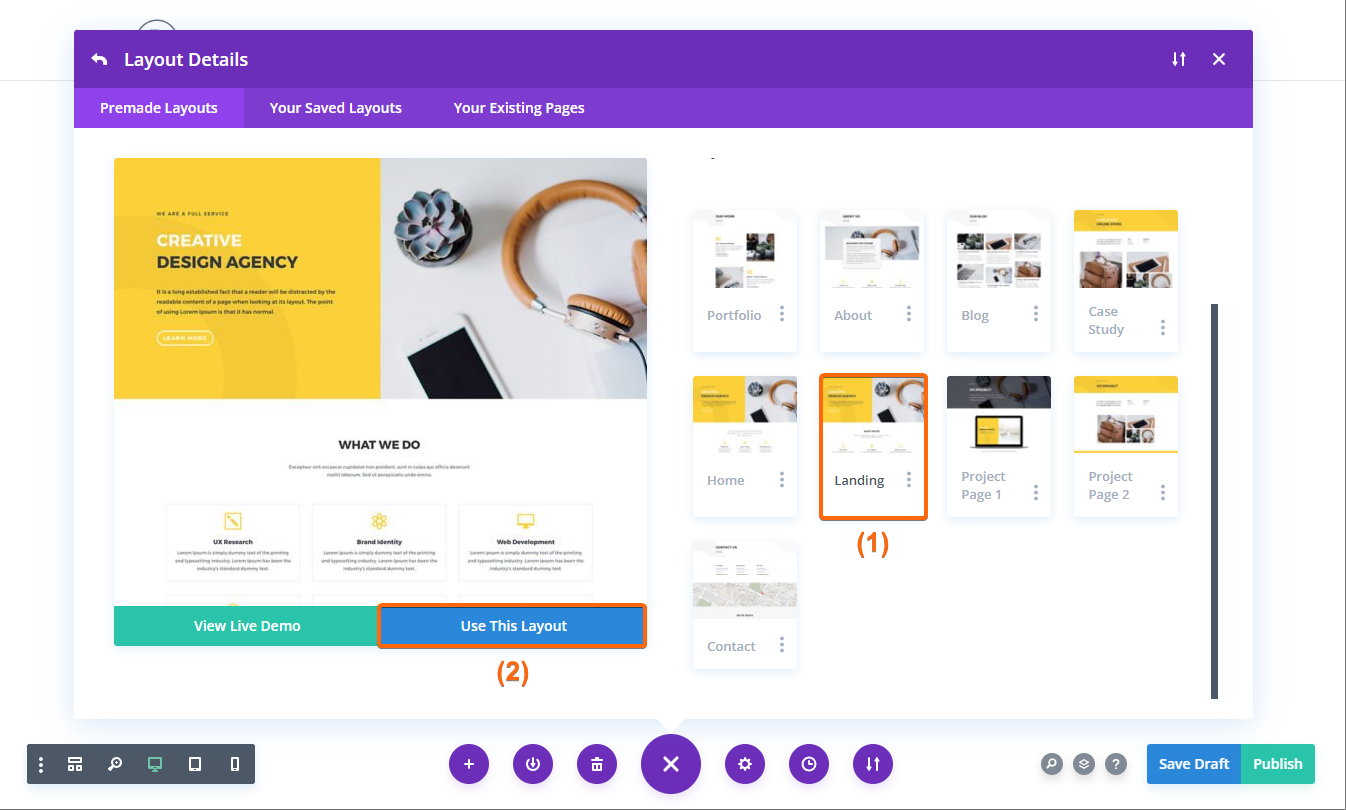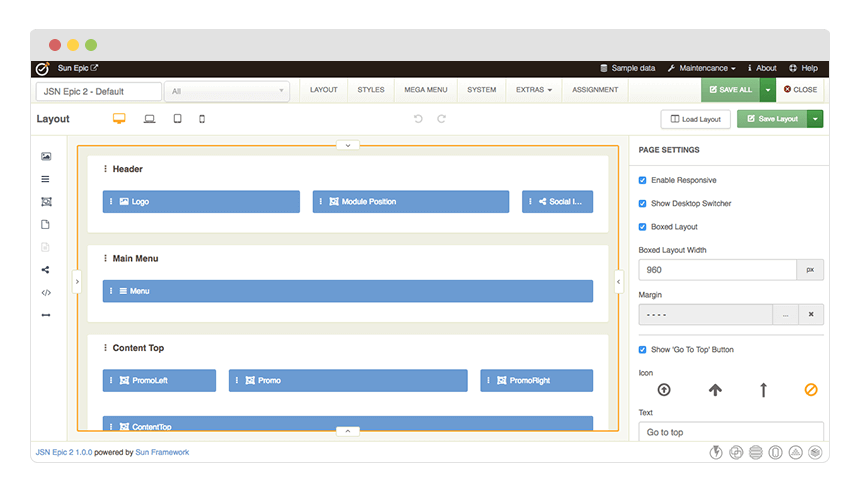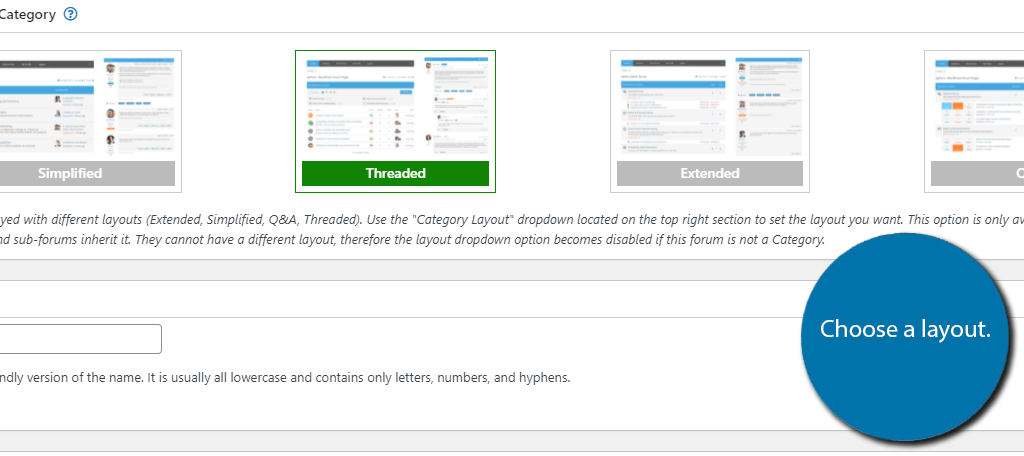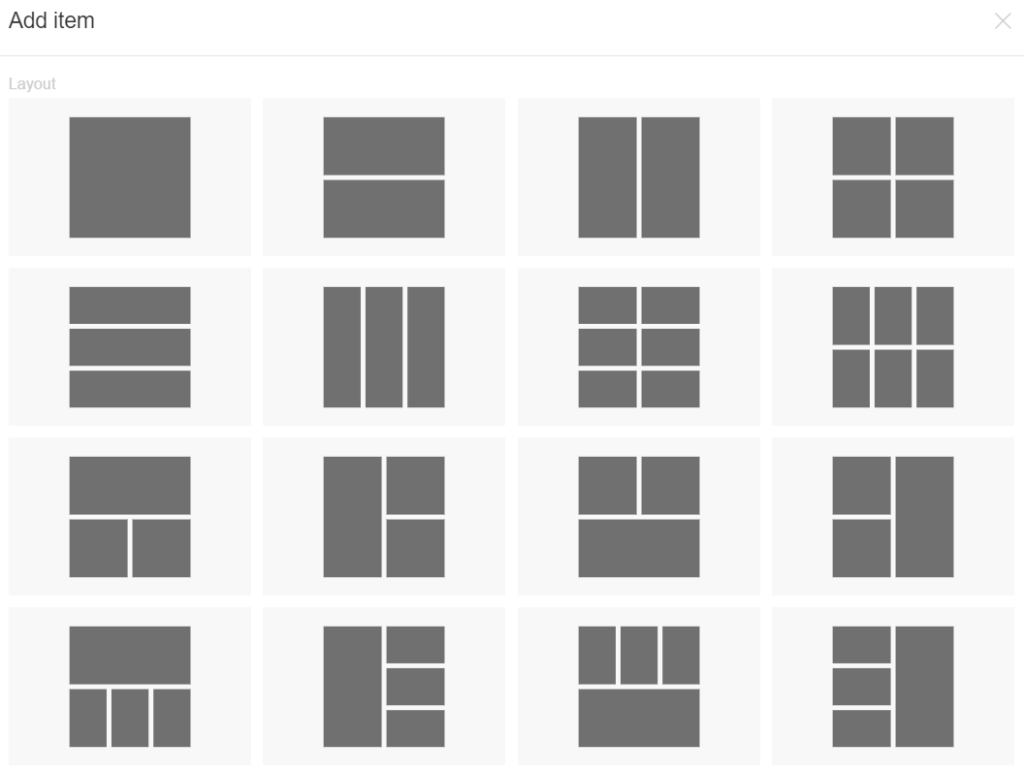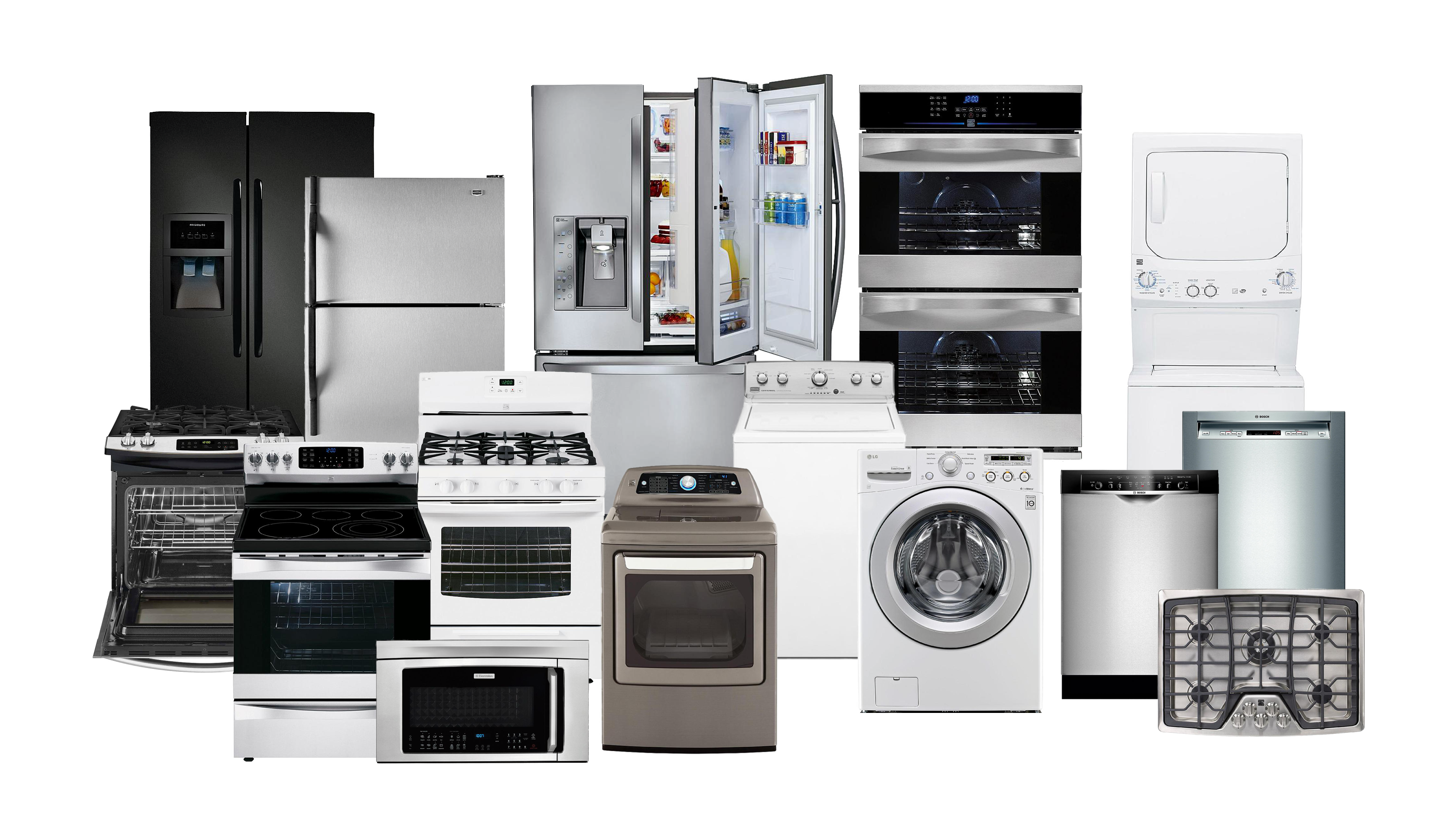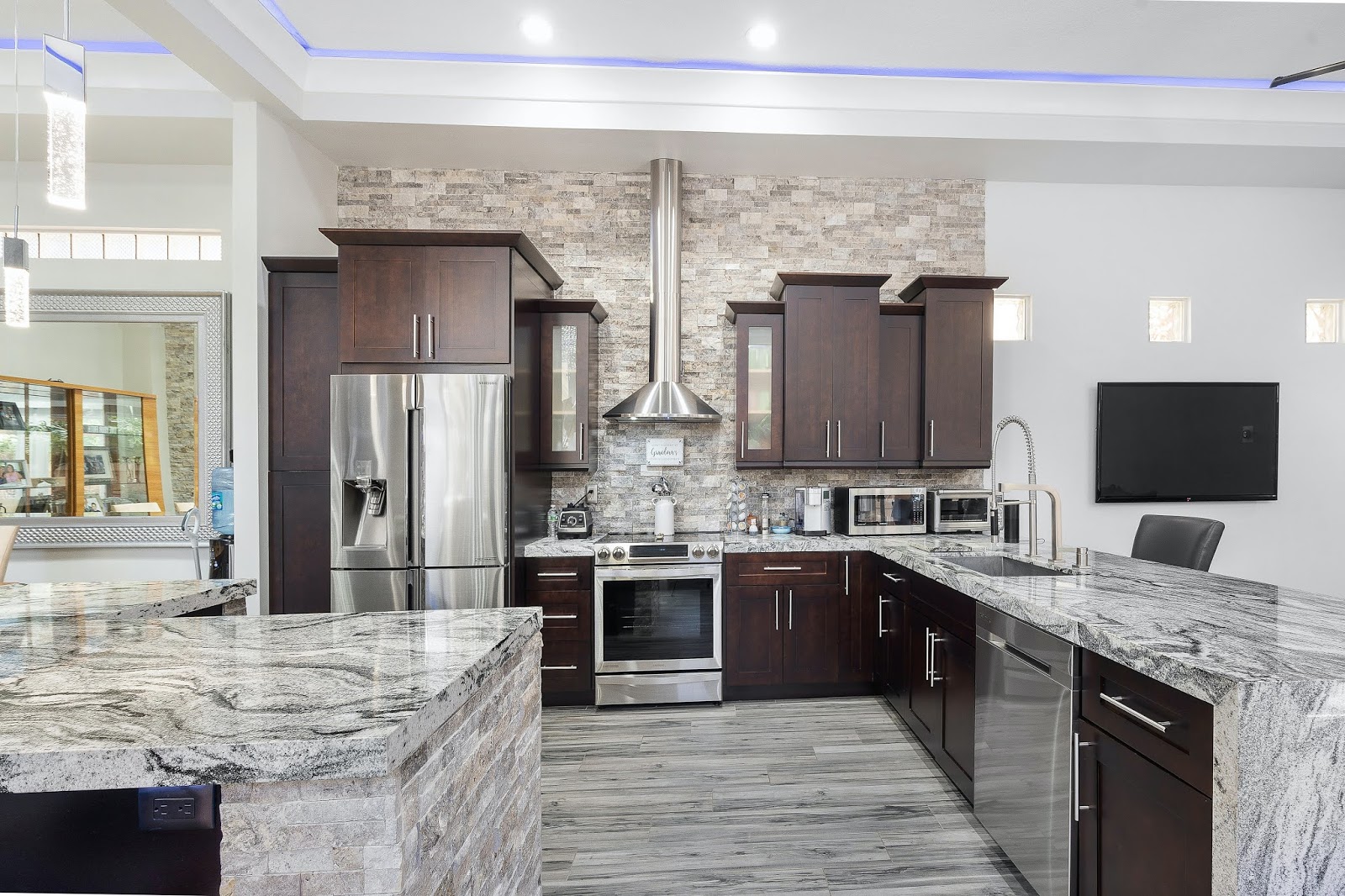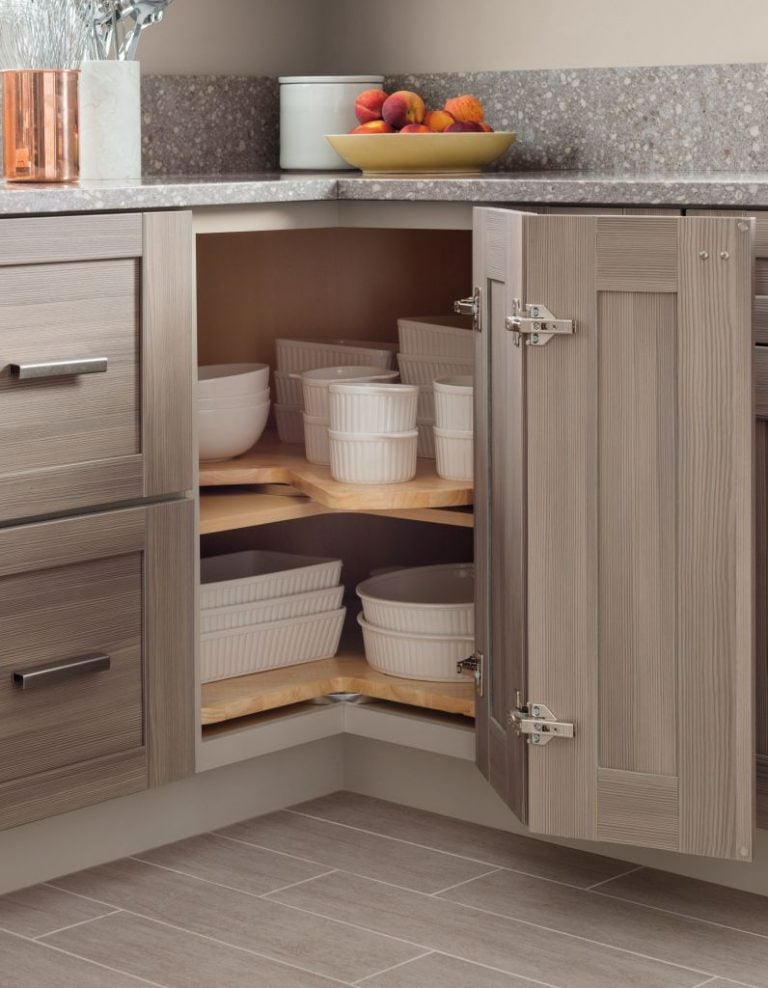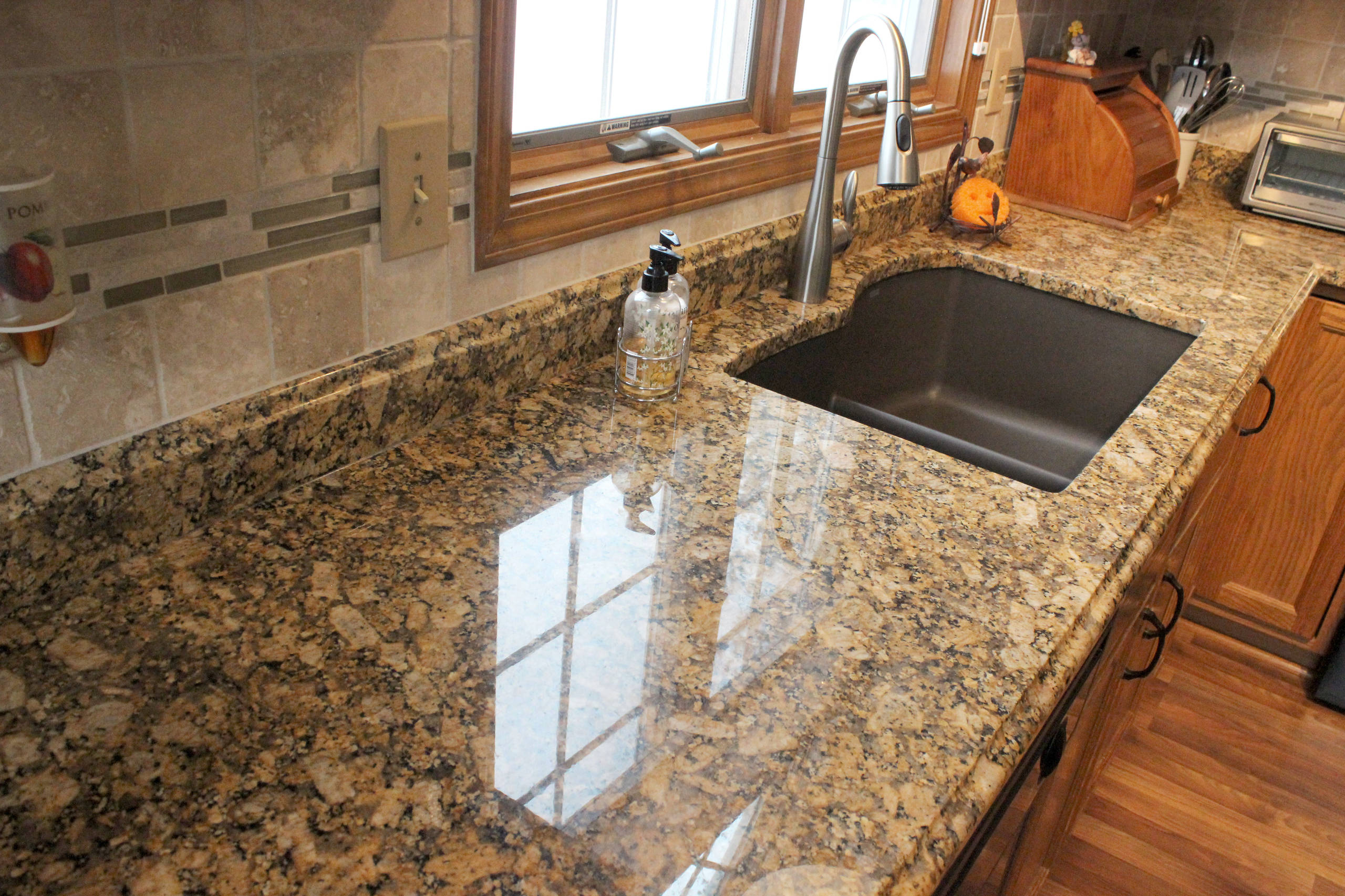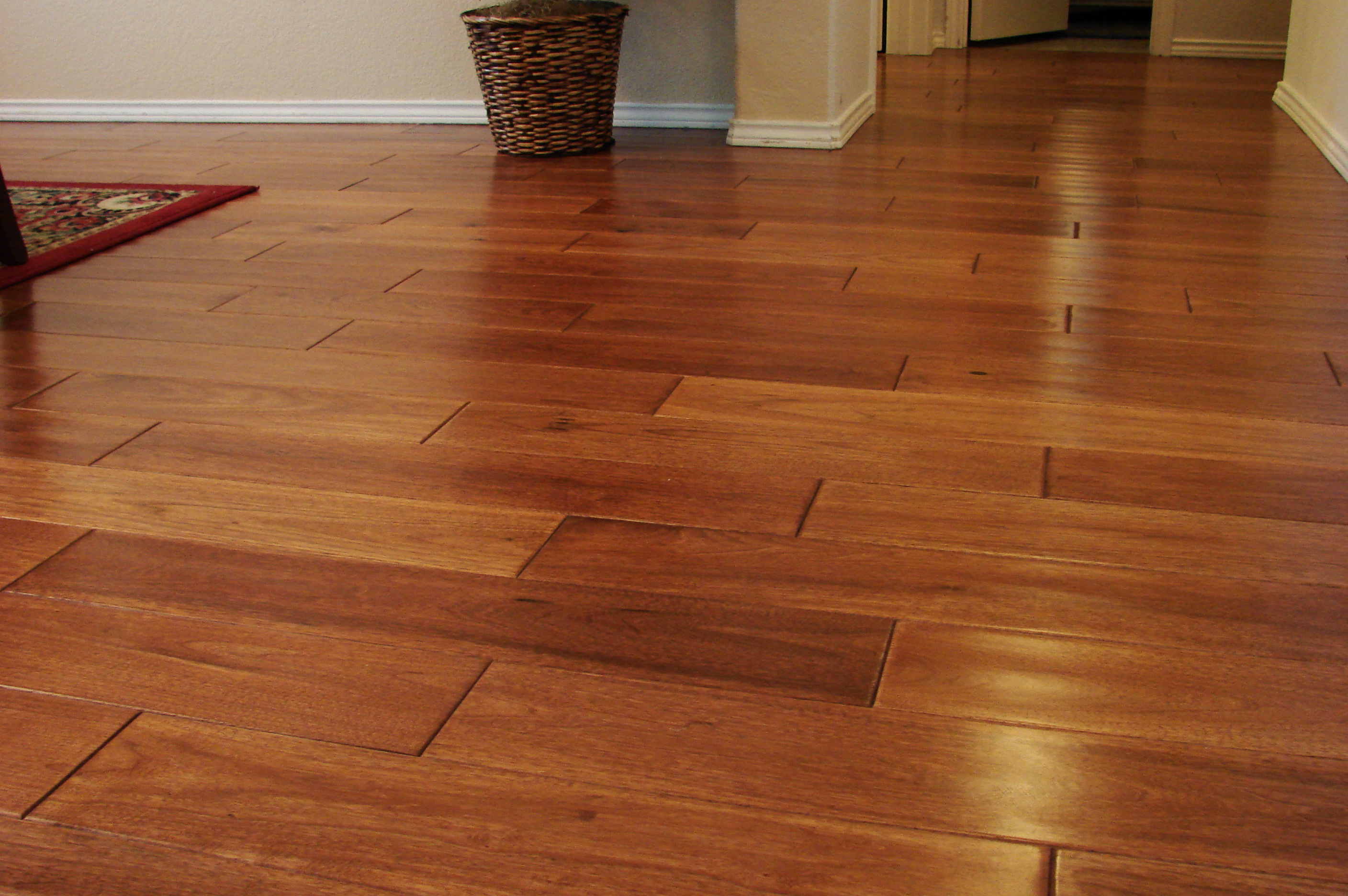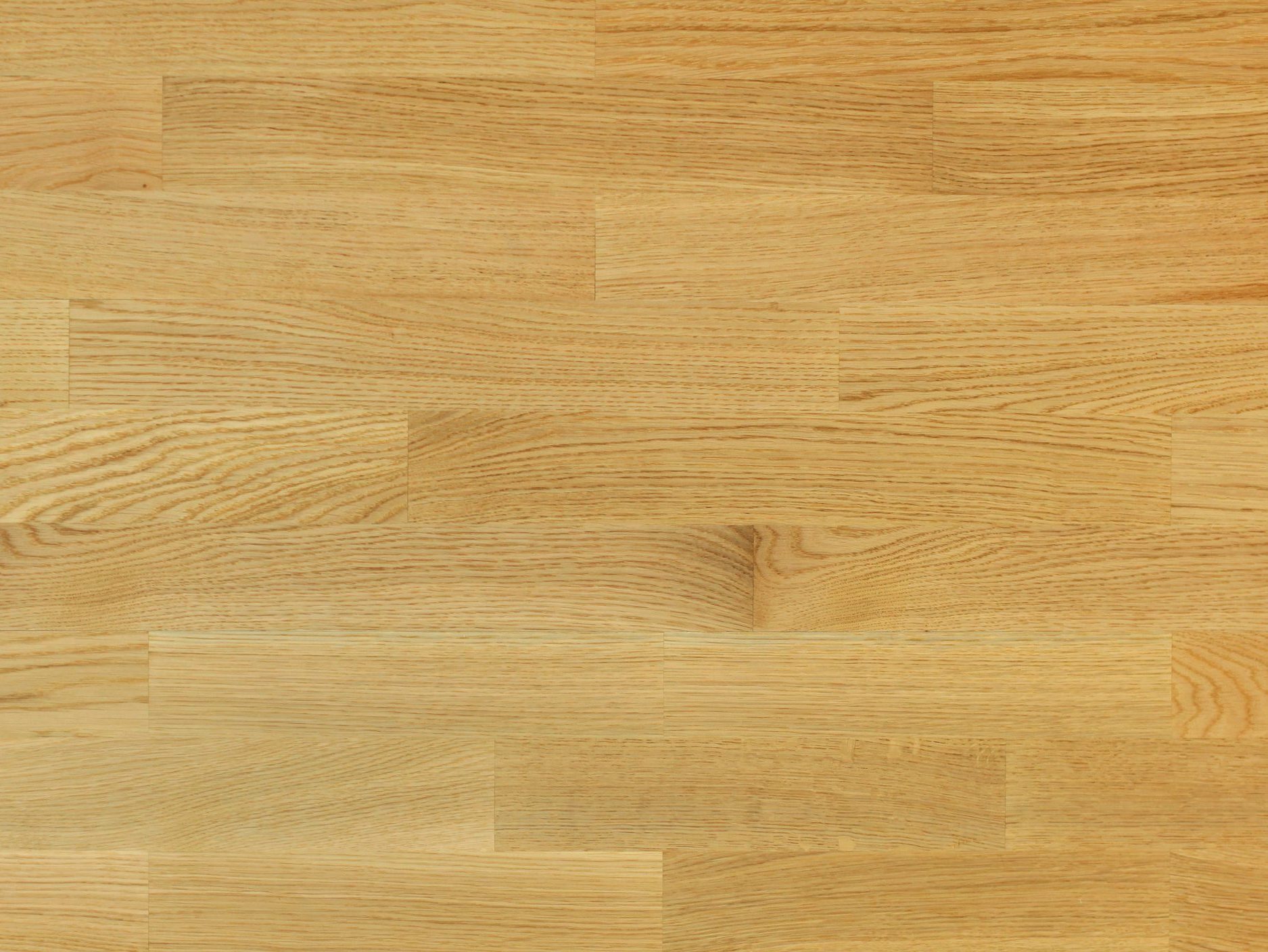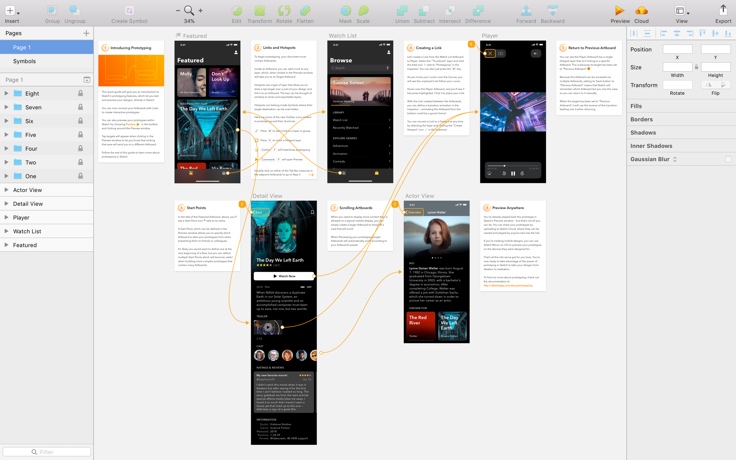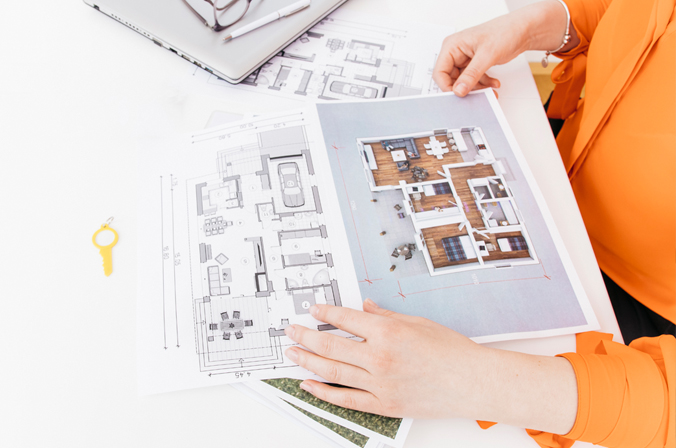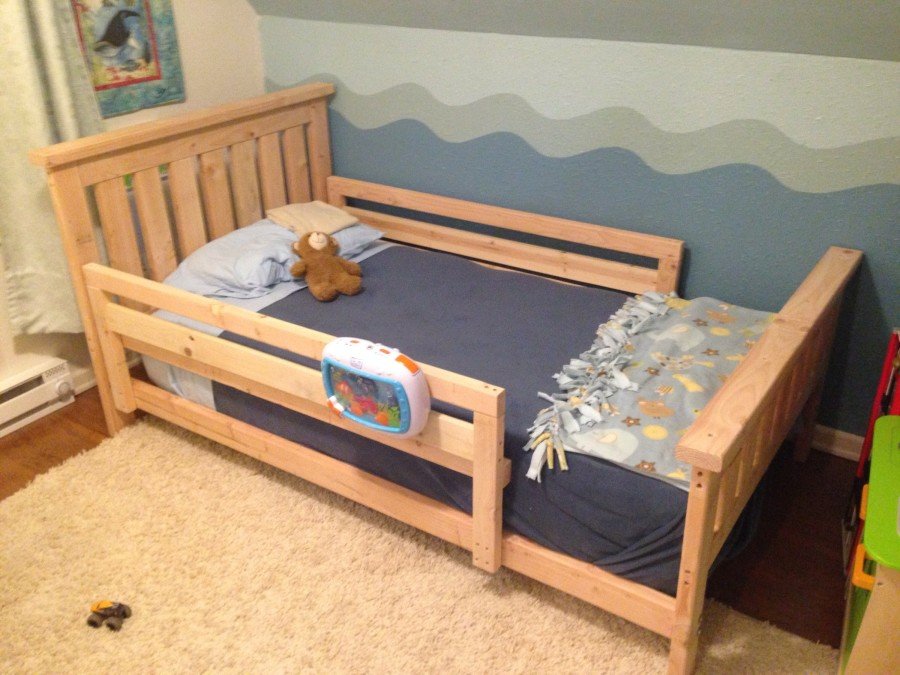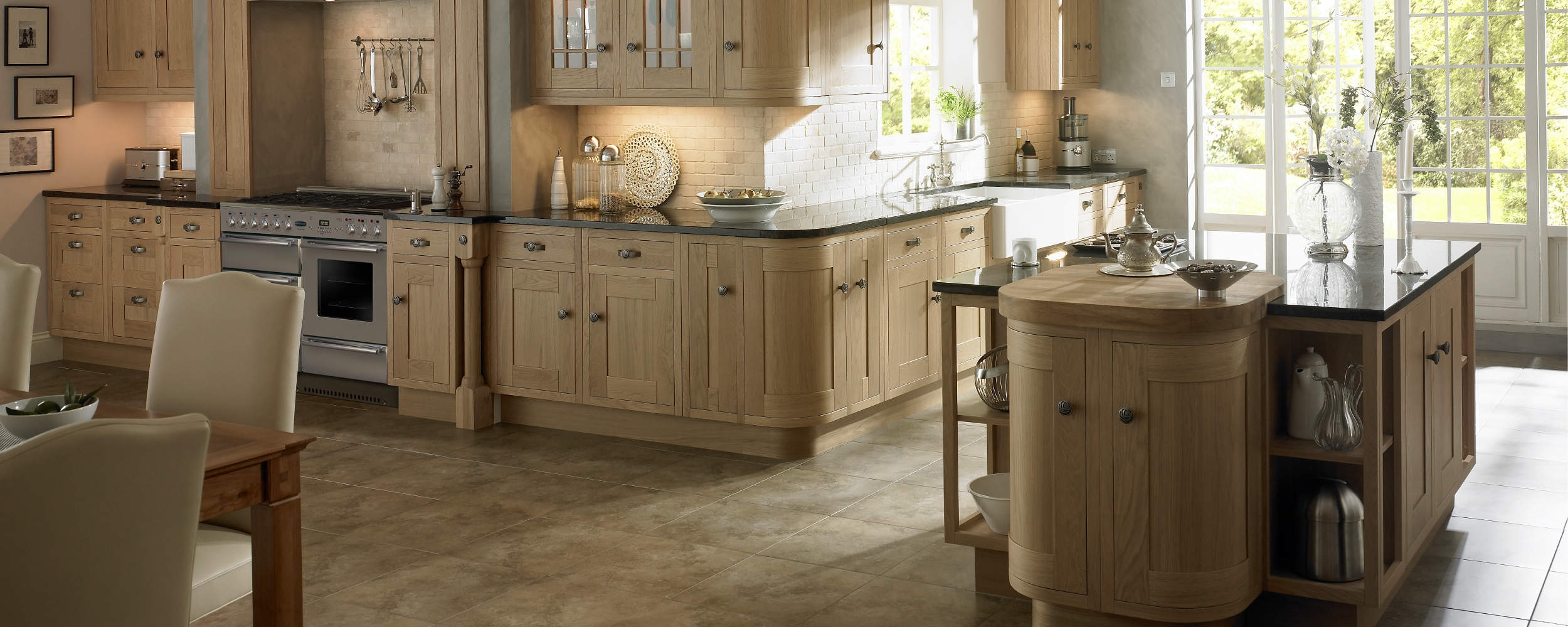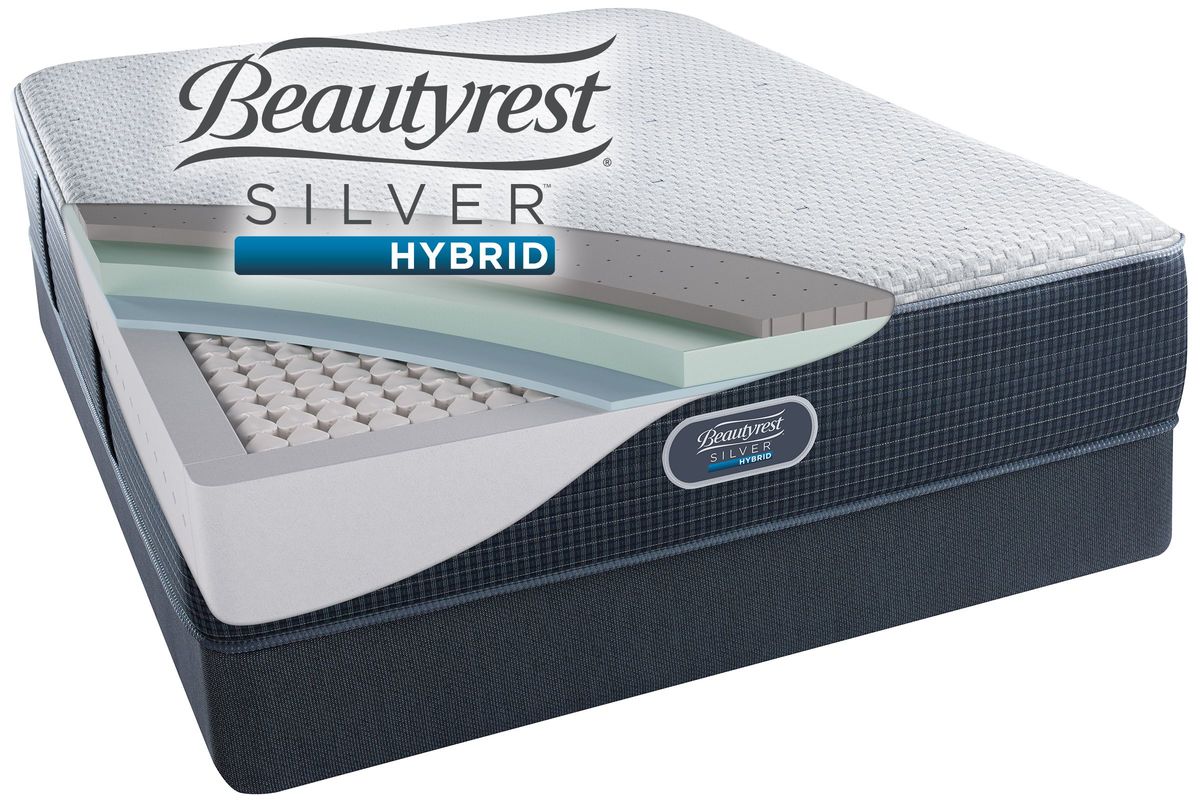When it comes to designing a kitchen, the first step is to measure the space that you have available. This will help you determine the size and layout of your kitchen, as well as what appliances and furniture you can fit in the space. Make sure to measure every nook and cranny, including the height of the walls and any existing fixtures. This will ensure that your kitchen design is accurate and functional.1. Measure the space available
Before you start designing, it's important to determine your budget for the project. This will help you make decisions on materials, appliances, and other design elements. It's important to be realistic about your budget and consider any additional costs that may arise during the design process. Make sure to also leave room for unexpected expenses.2. Determine your budget
What do you want your kitchen to look like? What are your must-haves and what are your nice-to-haves? Consider your lifestyle and cooking habits when making these decisions. Do you need a large island for meal prep or do you want a cozy breakfast nook? Take the time to prioritize your needs and wants to create a kitchen that works for you.3. Consider your needs and wants
The layout of your kitchen is crucial in creating a functional and efficient space. The three main kitchen layouts are L-shaped, U-shaped, and galley. Each layout has its own advantages and it's important to consider your space and needs when choosing a layout. You may also want to consult with a professional designer to help you make this decision.4. Choose a layout
The appliances you choose will not only affect the functionality of your kitchen, but also the overall design. Consider the size, style, and features of each appliance to find the best fit for your kitchen. Look for energy-efficient options to save money in the long run. Don't forget to also consider the placement of each appliance to ensure a smooth flow in your kitchen.5. Select appliances
Cabinets and storage are essential in any kitchen design. Not only do they provide much-needed storage space, but they also contribute to the overall aesthetic of the kitchen. Consider the material, color, and style of your cabinets to find the perfect fit for your kitchen. Don't forget to also consider the organization and functionality of your storage options.6. Decide on cabinetry and storage options
The countertops and backsplash are important design elements that can add personality and style to your kitchen. Consider the durability, maintenance, and aesthetic appeal of different materials when choosing your countertops. The backsplash is an opportunity to add a pop of color or texture to your kitchen, so have fun with your selection.7. Pick out countertops and backsplash
The flooring in your kitchen is subject to heavy foot traffic and potential spills, so it's important to choose a material that is durable and easy to clean. Consider the style and color of your flooring to complement the rest of your kitchen design. You may also want to consider underfloor heating for added comfort during the colder months.8. Select flooring
Lighting is an essential element in any kitchen design. It not only provides necessary task lighting, but also adds ambiance and style to the space. Consider a combination of overhead lighting, under-cabinet lighting, and pendant lights to create a well-lit and inviting kitchen. Don't forget to also consider energy-efficient options and smart lighting for added convenience.9. Choose lighting
Once you have all the elements of your kitchen design selected, it's time to finalize the design. This may involve creating a 3D rendering to get a better idea of how everything will look together. If you're not confident in your design abilities, it's always a good idea to consult with a professional designer. They can offer valuable insights and help bring your dream kitchen to life.10. Finalize design and hire a professional
Selecting the Right Materials for Your Kitchen Design
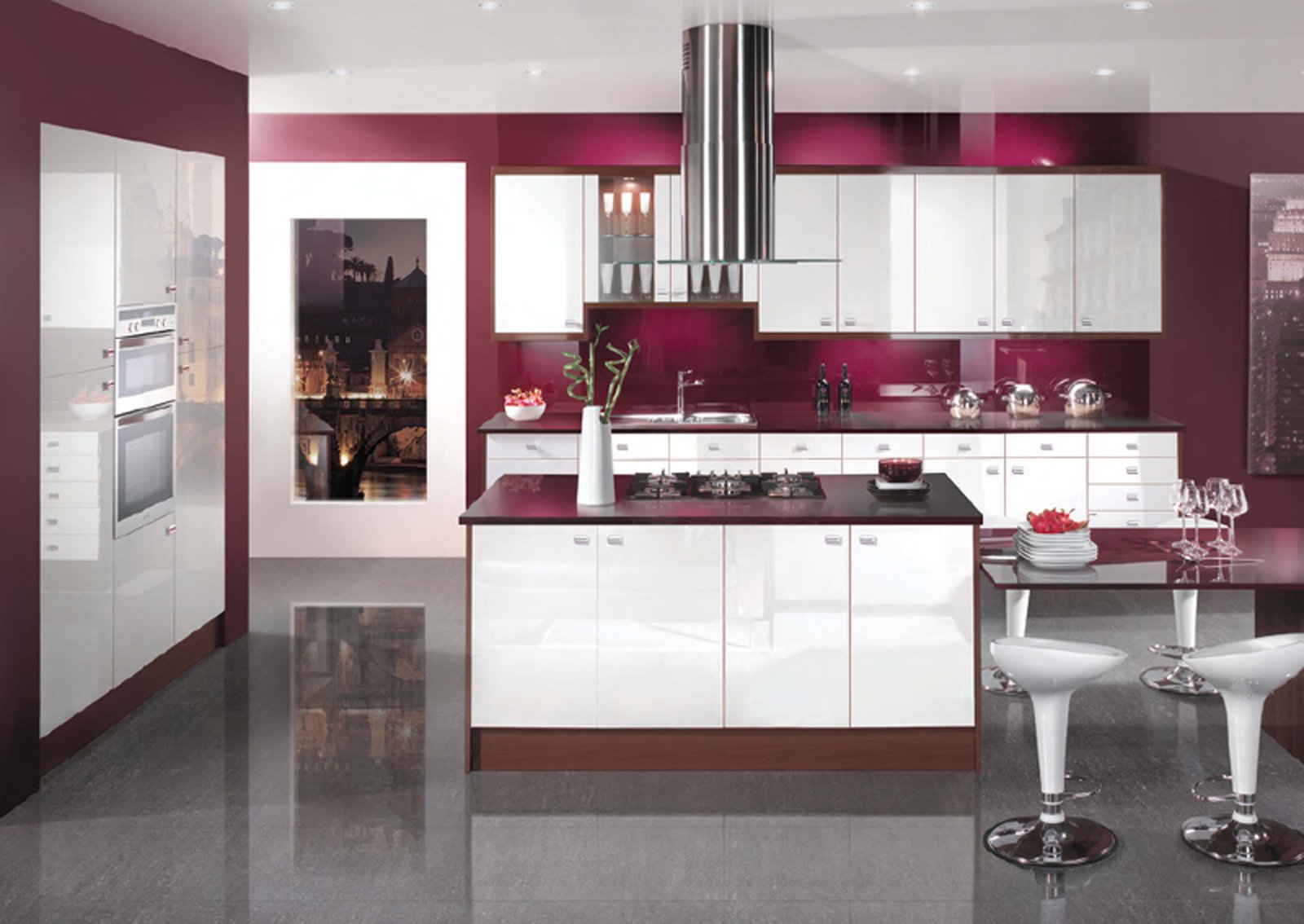
Choosing the Perfect Countertop
 One of the most important decisions to make when designing a kitchen is selecting the right materials for your countertops.
Countertops are not only functional, but they also play a major role in the overall aesthetic of your kitchen.
There are a wide variety of materials to choose from, each with their own unique features and benefits.
Some popular options include granite, quartz, marble, and butcher block.
Granite is a durable natural stone that adds a touch of elegance to any kitchen, while quartz offers a wide range of color options and is resistant to stains and scratches. Marble is known for its luxurious appearance, but it is a softer stone and may require more maintenance. Butcher block countertops are a great choice for those who love a rustic, farmhouse look and want a surface that is highly functional for cooking and food prep.
One of the most important decisions to make when designing a kitchen is selecting the right materials for your countertops.
Countertops are not only functional, but they also play a major role in the overall aesthetic of your kitchen.
There are a wide variety of materials to choose from, each with their own unique features and benefits.
Some popular options include granite, quartz, marble, and butcher block.
Granite is a durable natural stone that adds a touch of elegance to any kitchen, while quartz offers a wide range of color options and is resistant to stains and scratches. Marble is known for its luxurious appearance, but it is a softer stone and may require more maintenance. Butcher block countertops are a great choice for those who love a rustic, farmhouse look and want a surface that is highly functional for cooking and food prep.
Exploring Cabinet Materials
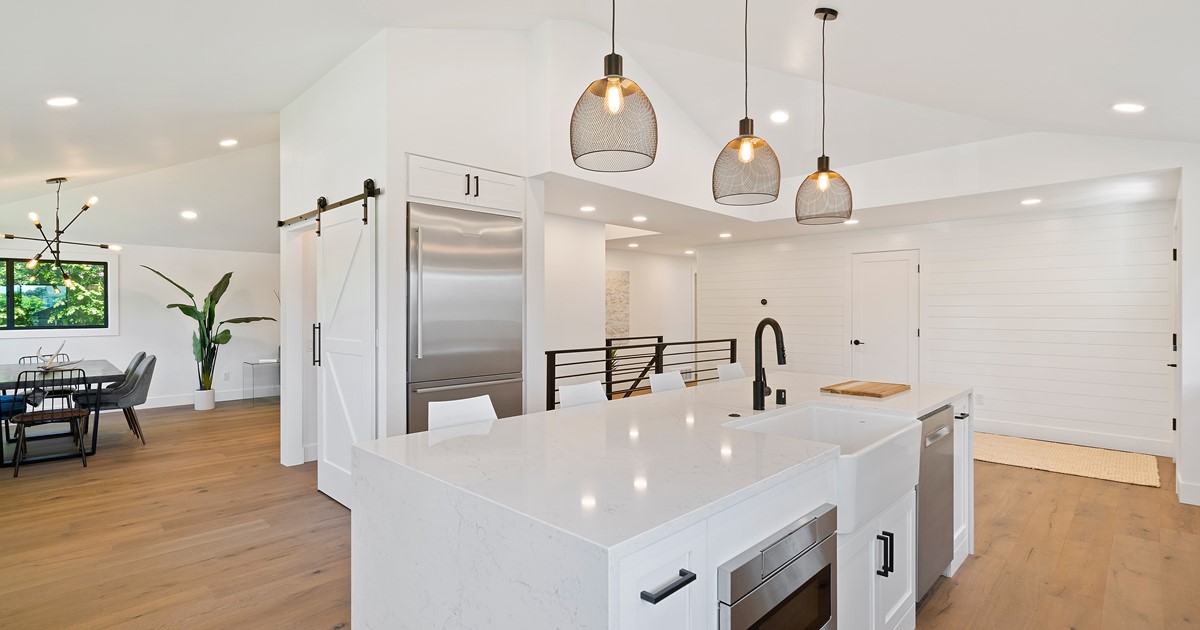 Cabinets are another important element to consider when designing a kitchen.
They not only provide storage, but also contribute to the overall style and feel of the space.
Popular cabinet materials include wood, laminate, and metal. Wood cabinets offer a timeless and classic look, with a variety of finishes and styles to choose from. Laminate cabinets are a more budget-friendly option and come in a wide range of colors and designs. Metal cabinets, particularly stainless steel, are a modern and sleek choice, but may not be as durable as wood or laminate.
Cabinets are another important element to consider when designing a kitchen.
They not only provide storage, but also contribute to the overall style and feel of the space.
Popular cabinet materials include wood, laminate, and metal. Wood cabinets offer a timeless and classic look, with a variety of finishes and styles to choose from. Laminate cabinets are a more budget-friendly option and come in a wide range of colors and designs. Metal cabinets, particularly stainless steel, are a modern and sleek choice, but may not be as durable as wood or laminate.
Considering Flooring Options
 Lastly, the flooring you choose for your kitchen can have a big impact on the overall design.
It is important to select a material that is not only visually appealing, but also durable and easy to clean.
Some popular choices for kitchen flooring include hardwood, tile, and vinyl. Hardwood flooring adds warmth and character to a kitchen, but it may not be the best choice for high-traffic areas as it can scratch and dent easily. Tile is a versatile option with many colors and patterns to choose from, but it can be cold and hard underfoot. Vinyl is a budget-friendly and low-maintenance option that can mimic the look of other materials, such as hardwood or tile.
In conclusion, when designing a kitchen, it is important to carefully consider the materials you will use for your countertops, cabinets, and flooring.
These elements not only contribute to the functionality of the space, but also play a major role in creating the overall aesthetic.
By selecting the right materials, you can create a kitchen that is both beautiful and functional, making it the heart of your home.
Lastly, the flooring you choose for your kitchen can have a big impact on the overall design.
It is important to select a material that is not only visually appealing, but also durable and easy to clean.
Some popular choices for kitchen flooring include hardwood, tile, and vinyl. Hardwood flooring adds warmth and character to a kitchen, but it may not be the best choice for high-traffic areas as it can scratch and dent easily. Tile is a versatile option with many colors and patterns to choose from, but it can be cold and hard underfoot. Vinyl is a budget-friendly and low-maintenance option that can mimic the look of other materials, such as hardwood or tile.
In conclusion, when designing a kitchen, it is important to carefully consider the materials you will use for your countertops, cabinets, and flooring.
These elements not only contribute to the functionality of the space, but also play a major role in creating the overall aesthetic.
By selecting the right materials, you can create a kitchen that is both beautiful and functional, making it the heart of your home.











